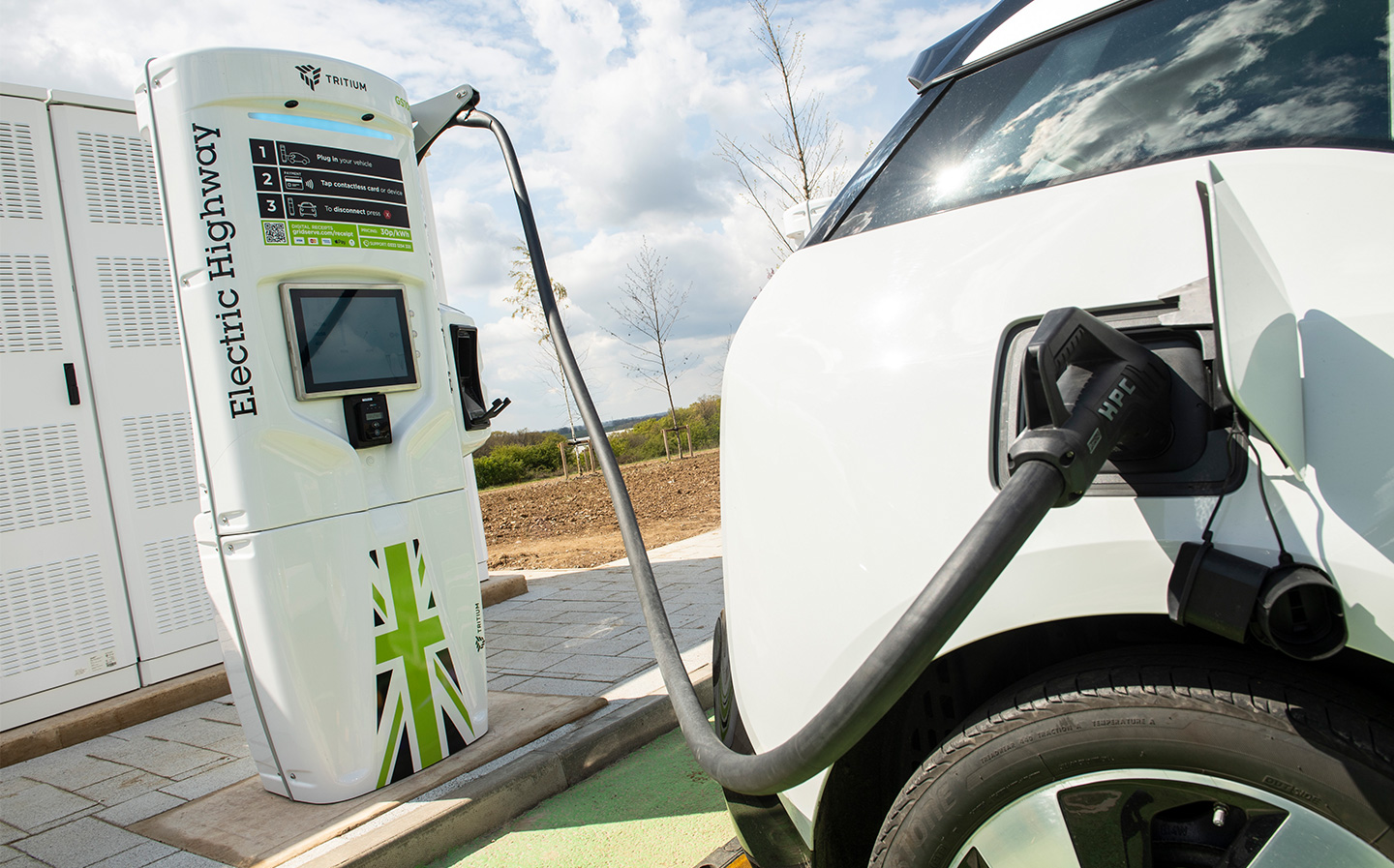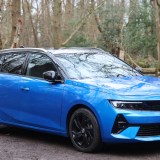EV tips: 10 things to know before you buy an electric vehicle
EV ownership can be very convenient, but it's different from petrol and diesel — don't get caught out
Living with an electric vehicle should be brilliant for most drivers, but owning one is very different from owning a petrol or diesel car and not knowing these basic tips can turn a positive experience into a profoundly negative one.
Before you take the plunge, take note of the following:
- Charging at home is the best way to keep your car topped up, so if you have off-street parking be sure to have a home wallbox charging point fitted before you have the car delivered. Some car makers or leasing companies will fit one for you but if that’s not part of the deal, speak to a company such as Pod Point, Ohme, MyEnergi or BP Pulse (though there are many more options). Don’t use extension leads as there’s a fire risk if your electrics aren’t capable of the high loads, and a three-pin socket only offers a super-slow trickle charge.
- If you can’t recharge at home (or work) you’ll have to rely on the public charging network. This is entirely possible – rapid charging once a week was all we needed when running a Mini Electric for six months, while lamppost chargers are being installed (particularly across London) that allow residents who park on the streets to plug in. But bear in mind that it will cost you a lot more to use public infrastructure than to charge up using your domestic electricity supply.
- Different chargers work at different speeds. Some in the UK go as fast as 350kW but some have a maximum rate of 7kW. Even if you plug into a super-rapid charger, your car has a maximum charge rate, too, so if that’s 50kW don’t expect a 350kW charger to go faster than 50kW.
- Bear in mind that because we’re still in the early days of modern EVs, the public charging network is not perfect. There are multiple operators, and some are better than others at maintaining them, so you may find you turn up to one and it’s out of order. For this reason, always have a back-up plan.
- Also, the number of charging points is expanding very quickly but the number of electric vehicles hitting the roads is accelerating even faster, so you may also find someone else is using a charger when you get to it. Again, always have a back-up plan.
- When it comes to payment, though the newest rapid charging posts take contactless bank cards most require either a bespoke RFID card or unique app before you can start charging, which can be fiddly and take time. You’ll find that you accumulate memberships with associated cards and apps. Some car makers offer a card that allows access to a number of operators but in case you can’t connect to network, always have a back-up plan, and build time into your journey in case you need to sign up a new system.
- Your best bet for planning a long journey is Zap-Map’s app for Android or Apple iOS, or its website. Use the filters to remove the Tesla-exclusive network if you don’t own a Tesla, and use the sliders to remove chargers that are too slow for your needs. Always check exact location and recent user comments about it – if people are saying it’s out of order, you may want to find a different location that is more likely to be operational. And you can help others by leaving a comment about your charging experience, preferably with a photo of the location.
- The distance your car can travel on a single charge will depend greatly on a number of things. Usually, the official figure is based on a test of a mix of roads and you need to be aware that driving at 70mph on a motorway will reduce that range. You can get the most out of an EV at slower speeds in cities, so your range around town may in fact be higher than the official figure. Cold weather will also affect range, and heating the cabin, particularly if the car doesn’t have a heat pump, will sap miles from the distance you can travel per charge. As will air conditioning in hot weather. It’s not something to panic about if you’re aware of it, though – simply factor these variables into your journey, watch the car’s predicted range in real time and top up early.
- If you do run out of juice, don’t panic: breakdown services have vans with on-board chargers, allowing you to gain enough juice to make it to a proper charging point. Make sure you are a member of the AA, RAC or Green Flag. Having said that, there’s a good chance you’ll never need them, if you follow the above advice, as very few EV owners run out of juice in the real world – it seems to happen to tabloid journalists more often than not.
- Final, important point: things are getting better. The choice of electric vehicles, the speed at which they charge and the state of the public charging network are improving all the time. We need many more charging points to be installed but they’re coming fast; trust us when we say it was a lot harder to find a charging point 10 or even five years ago. What’s more, they were broken more often and it took a lot longer to charge the cars. In another five years it should be easier and more convenient still.
Related articles
- After reading our list of things to know before you buy an electric car, check out our latest EV reviews here
- Here are the top 10 longest-range electric cars
- Robert Llewellyn: My petrol car hell
Latest articles
- Aston Martin Valkyrie AMR-LMH hypercar hits track ahead of 2025 Le Mans challenge
- Porsche has begun testing the electric Cayenne
- Cupra Leon 272 eHybrid 2024 review: Bigger battery, better tech … but is it a Cupra?
- Porsche 911 GTS 2024 review: Hybrid heresy or more Stuttgart genius?
- Extended test: 2023 Vauxhall Astra Sports Tourer GS PHEV
- Ford Capri revival has faced a lot of flak… but are buyers put off? Here’s what visitors to the Festival of Speed had to say
- F1 2024 calendar and race reports: What time the next grand prix starts and what happened in the previous rounds
- ‘No timeframe’ for how long Volvo’s returning estate cars will be on sale in UK
- Kia Picanto 2024 review: Updates add spice to cute Korean city car














